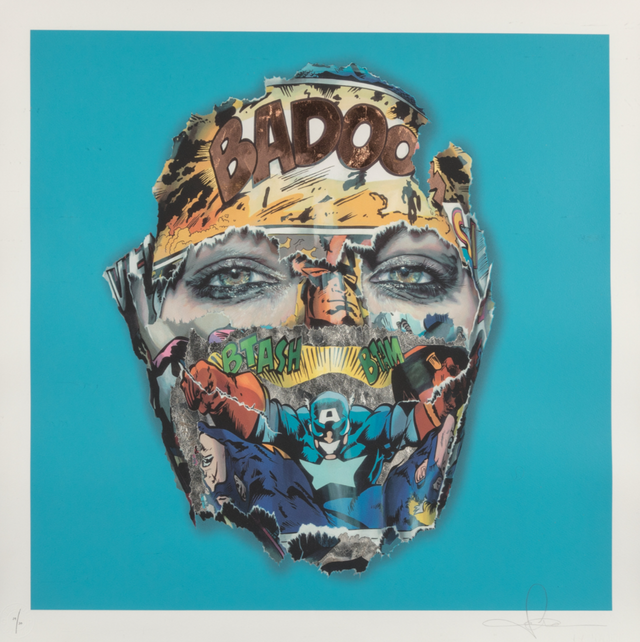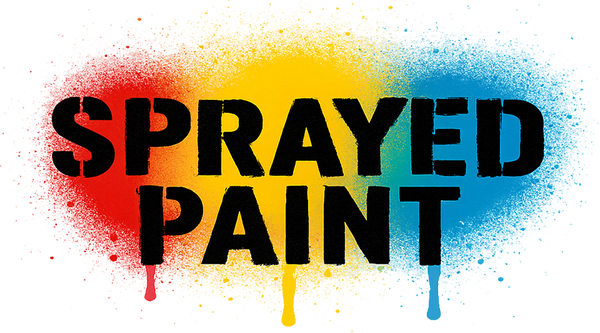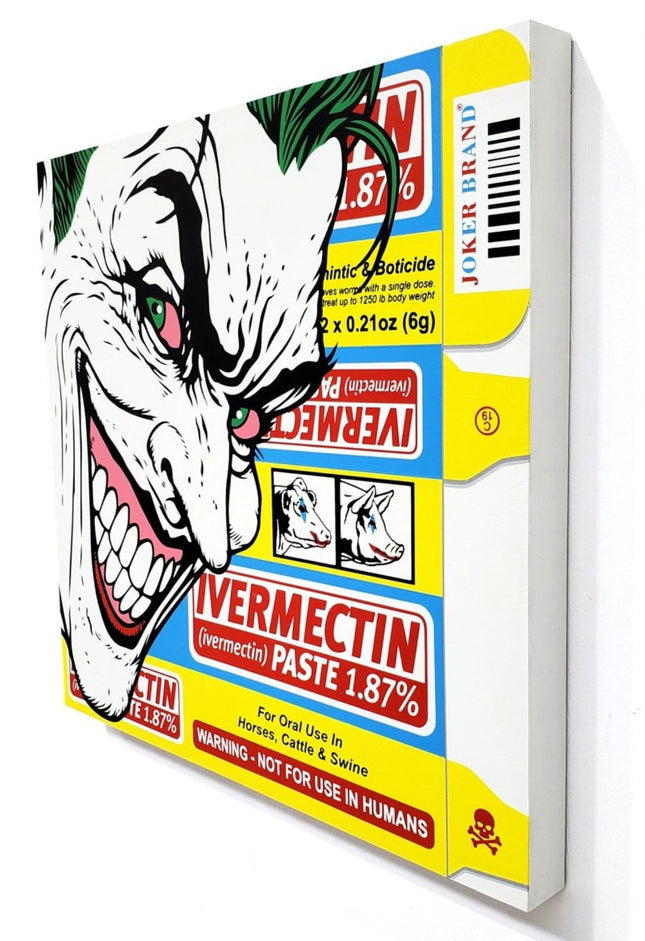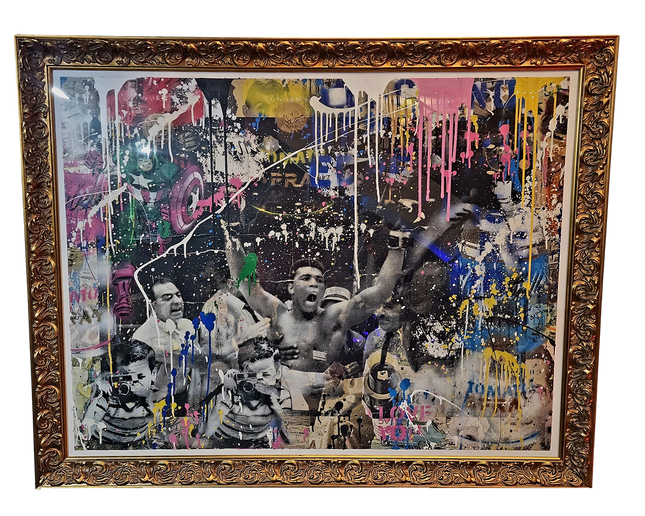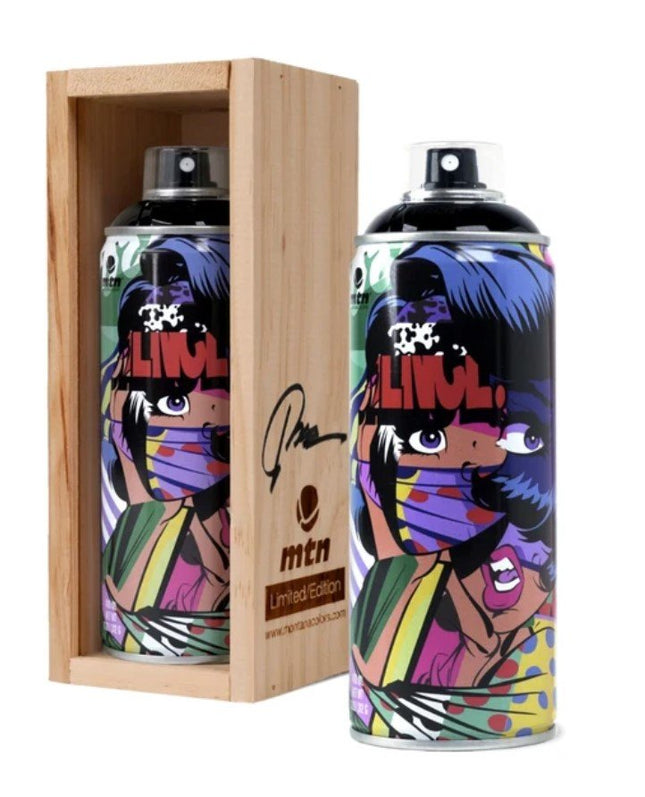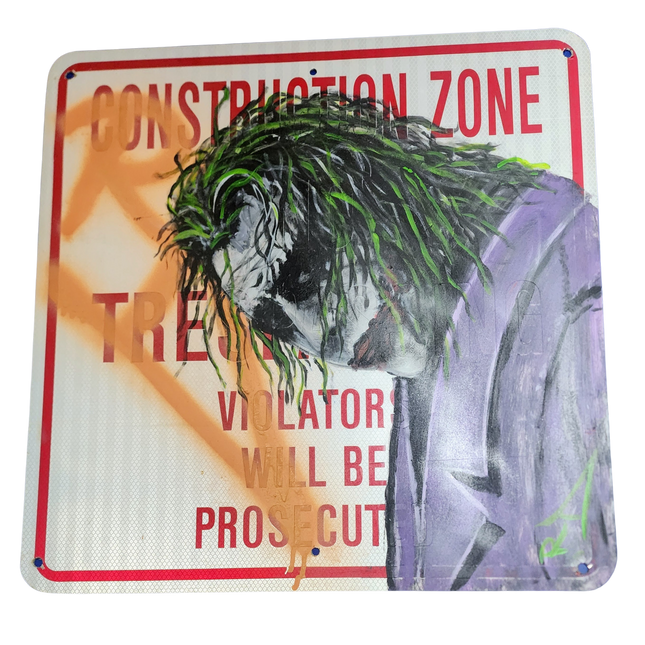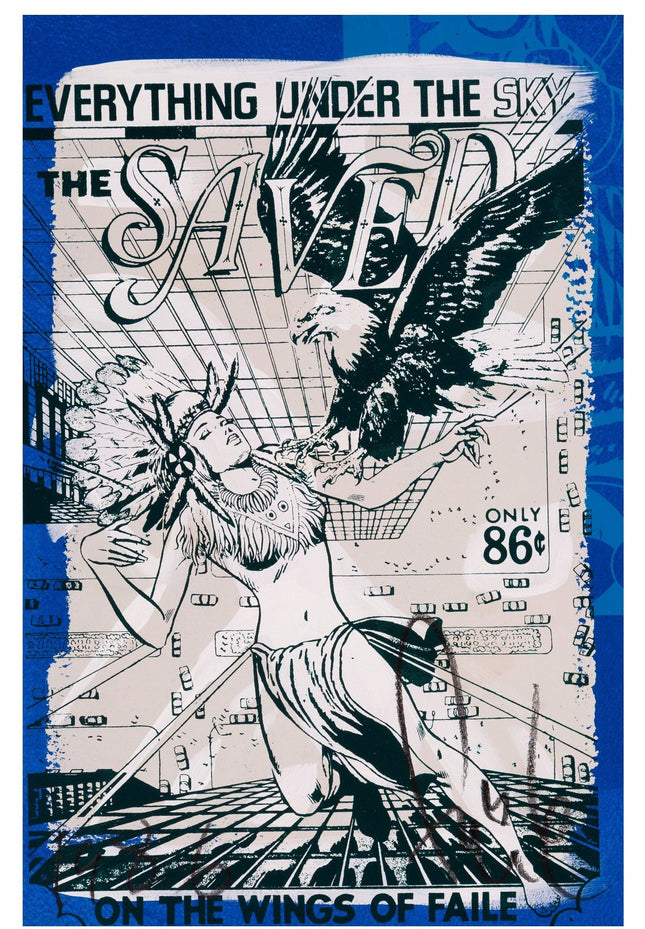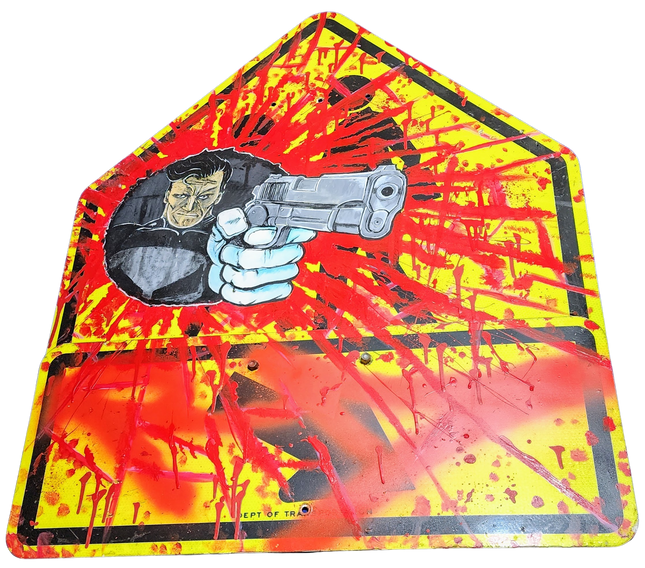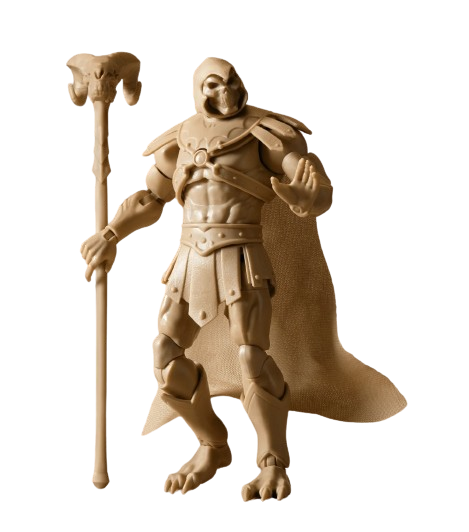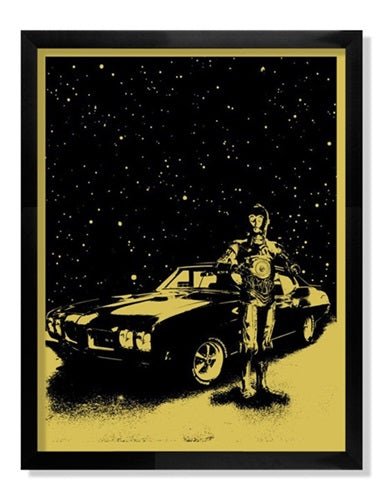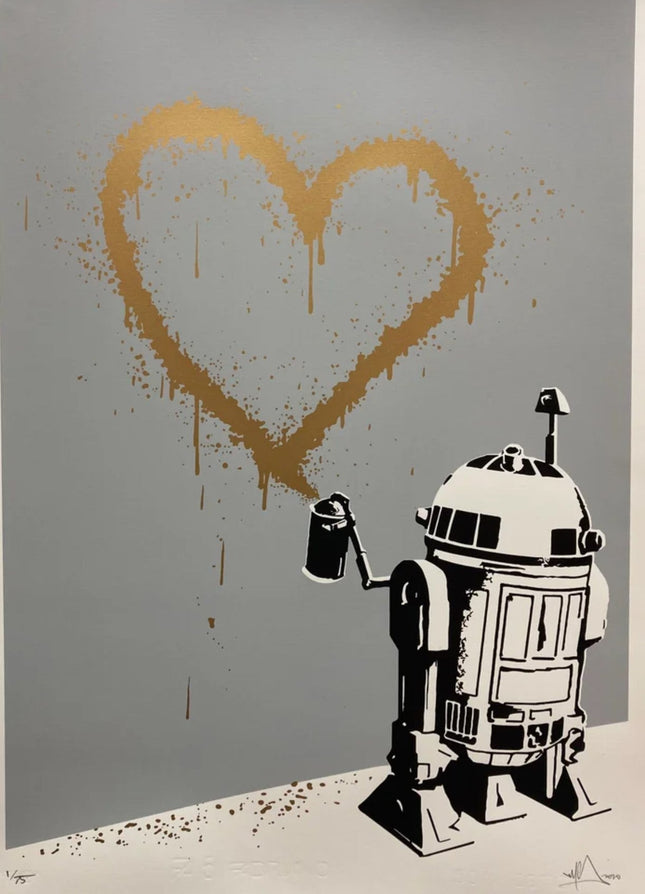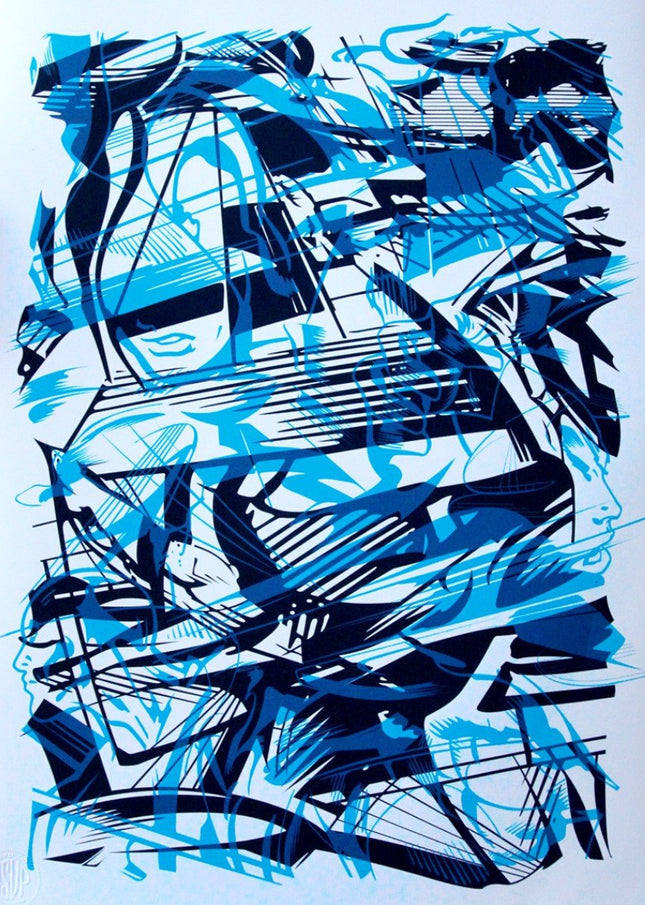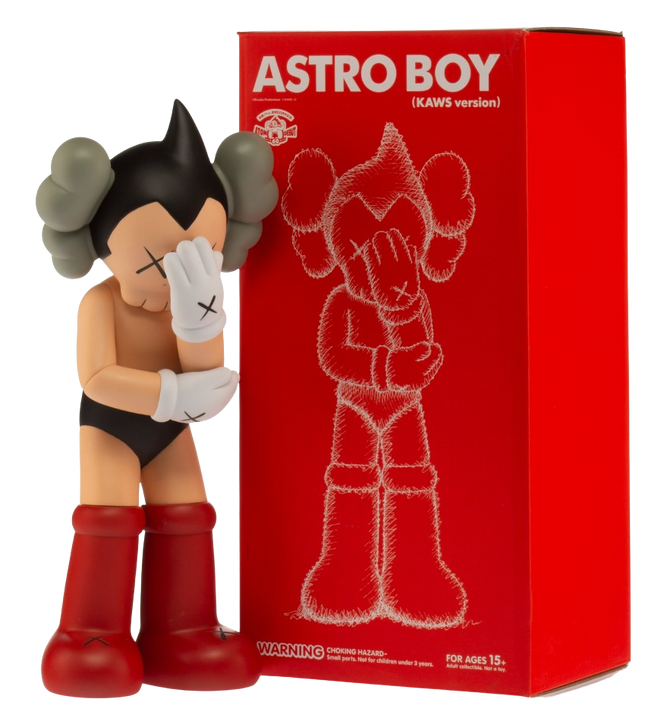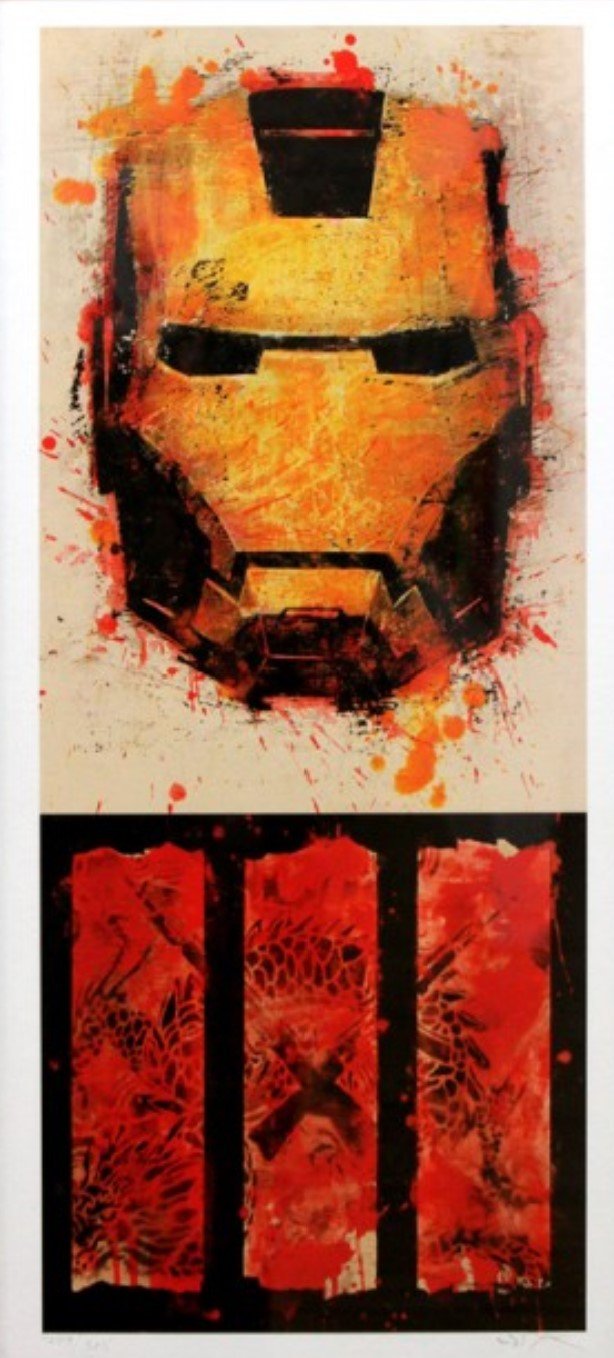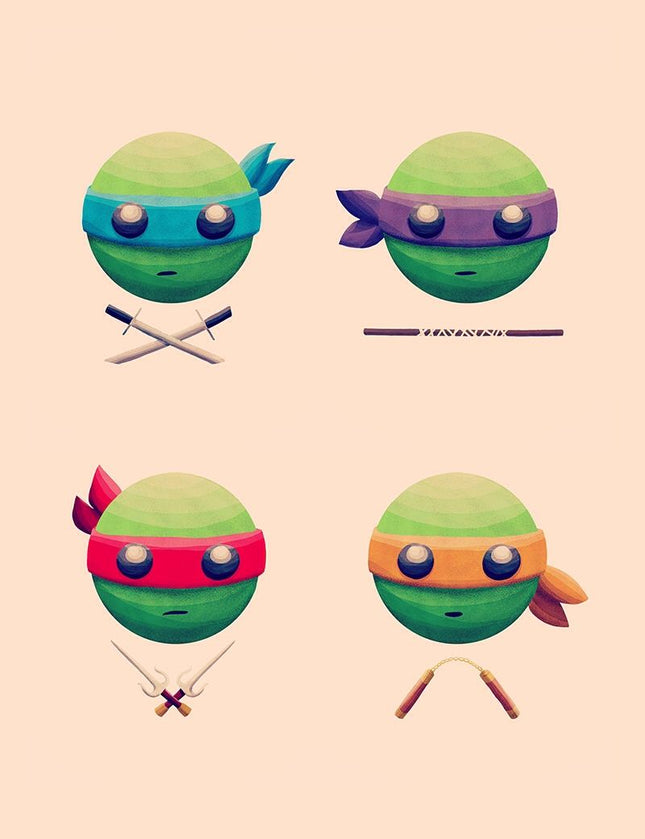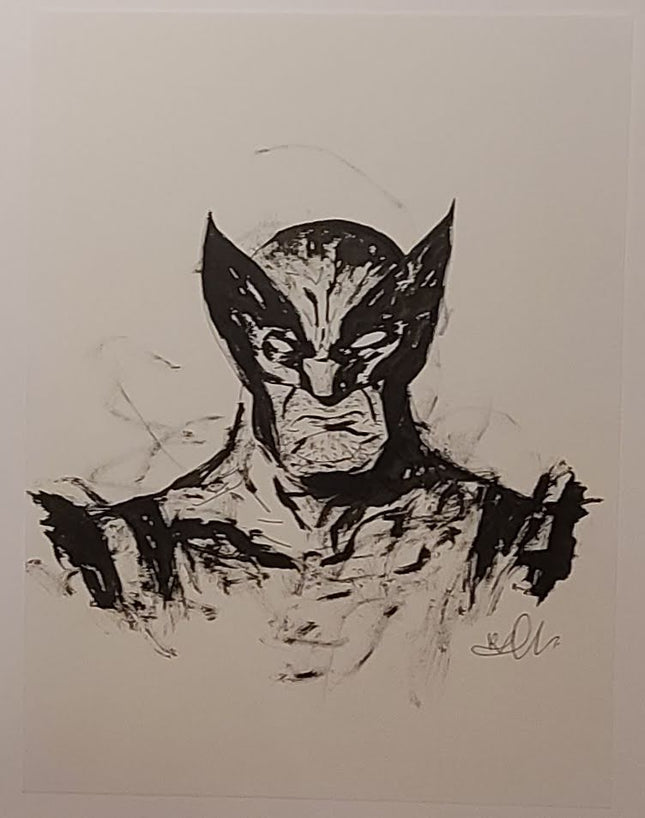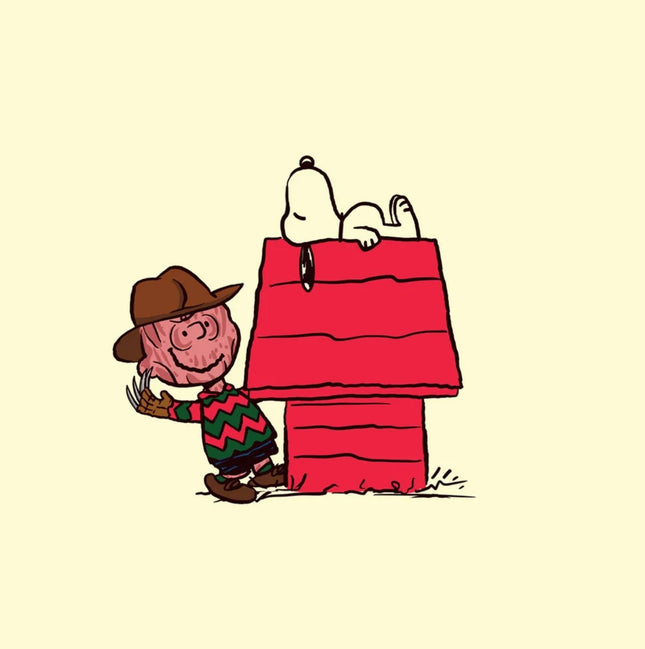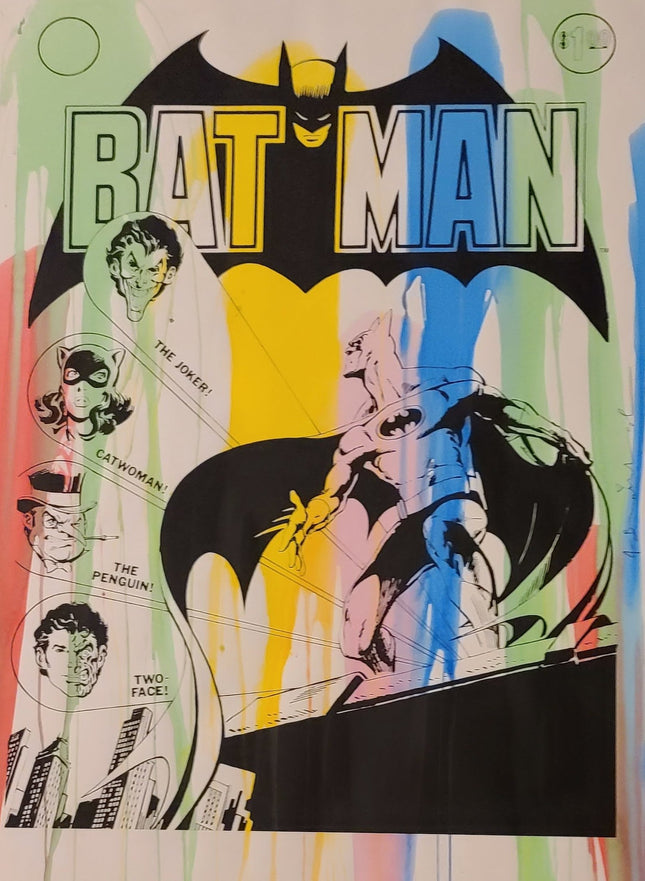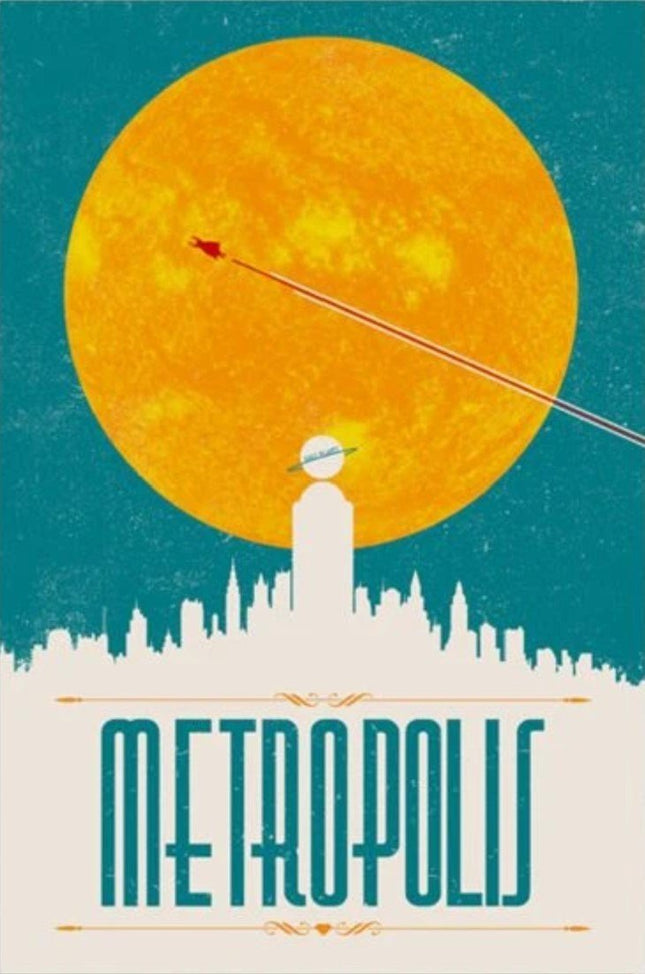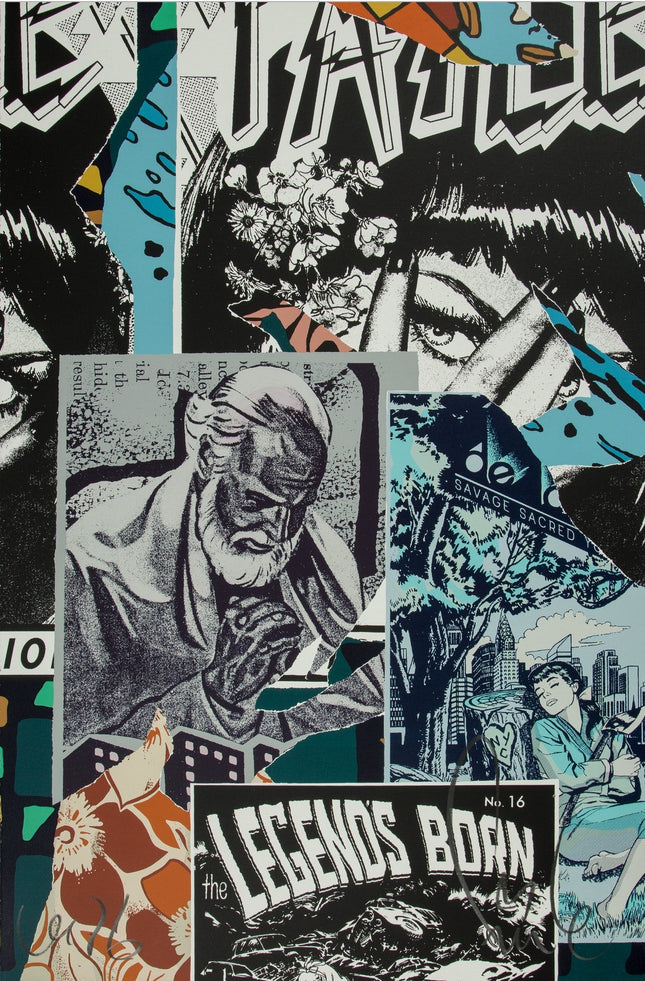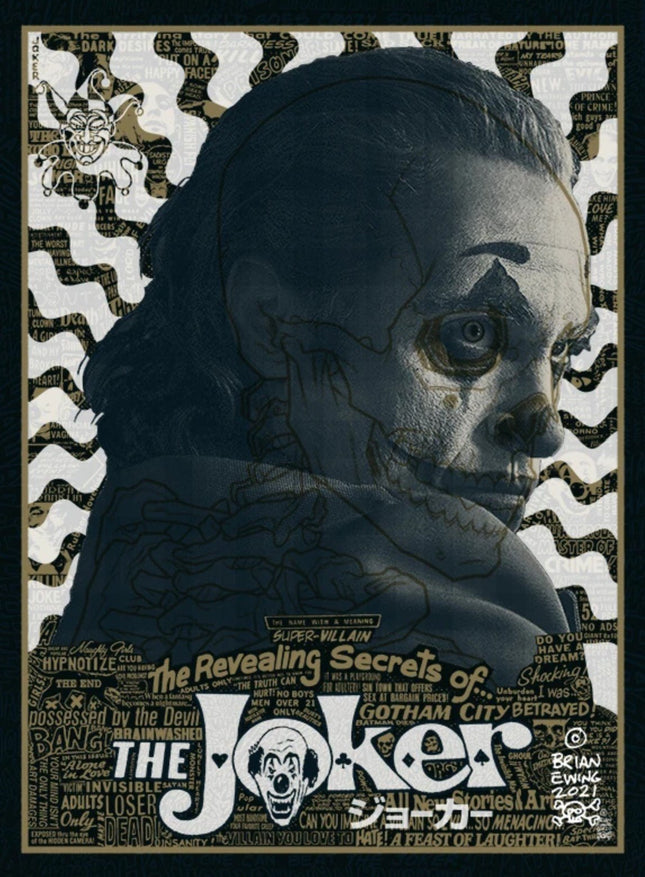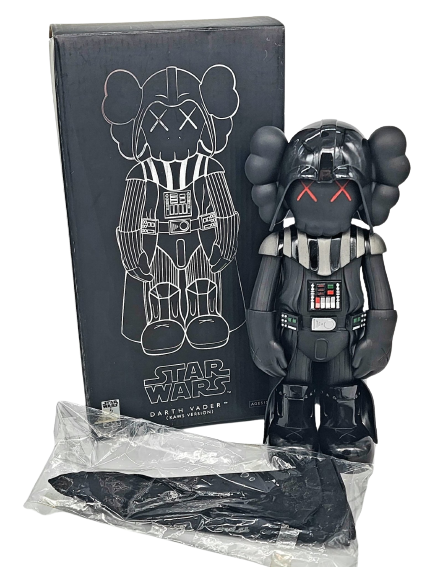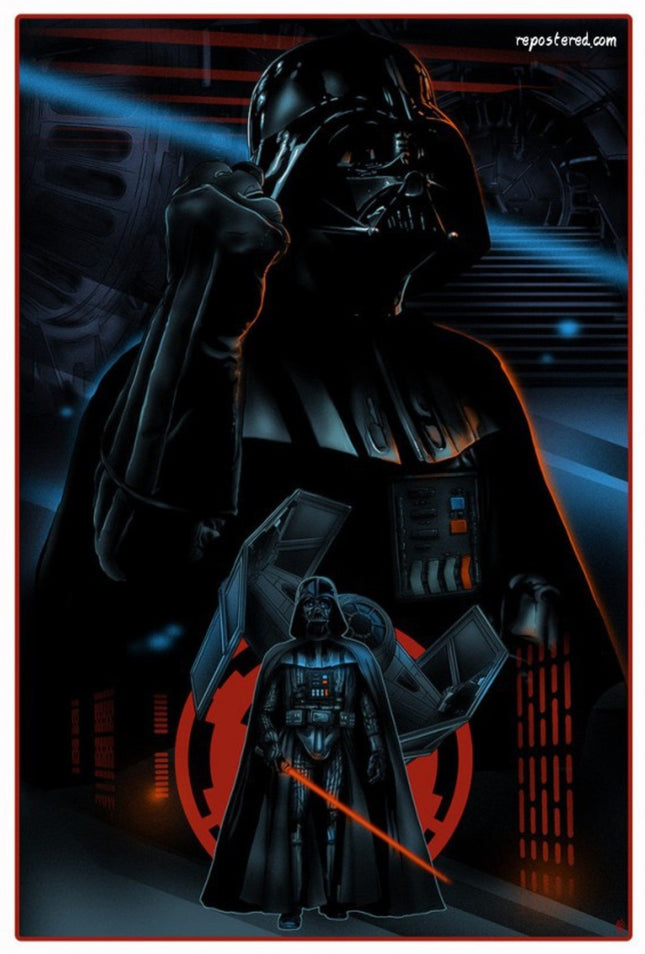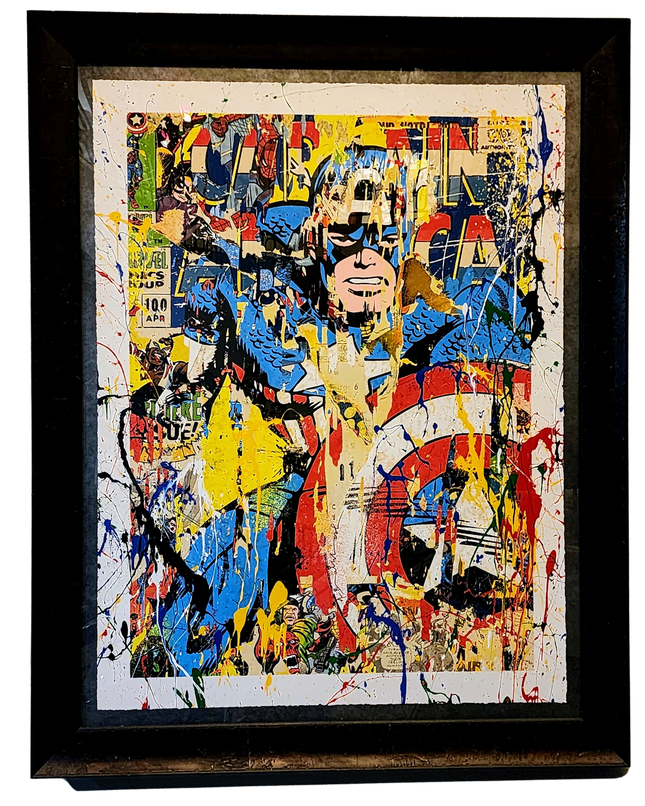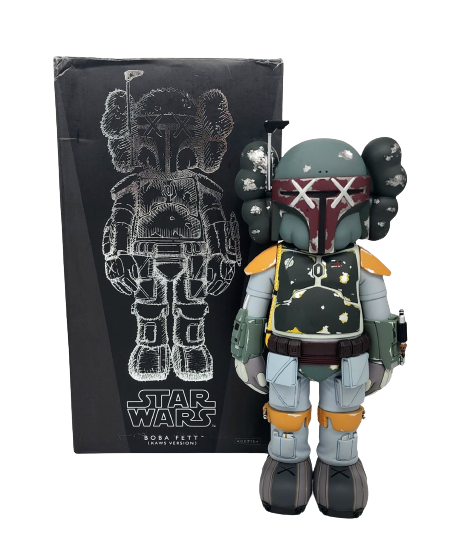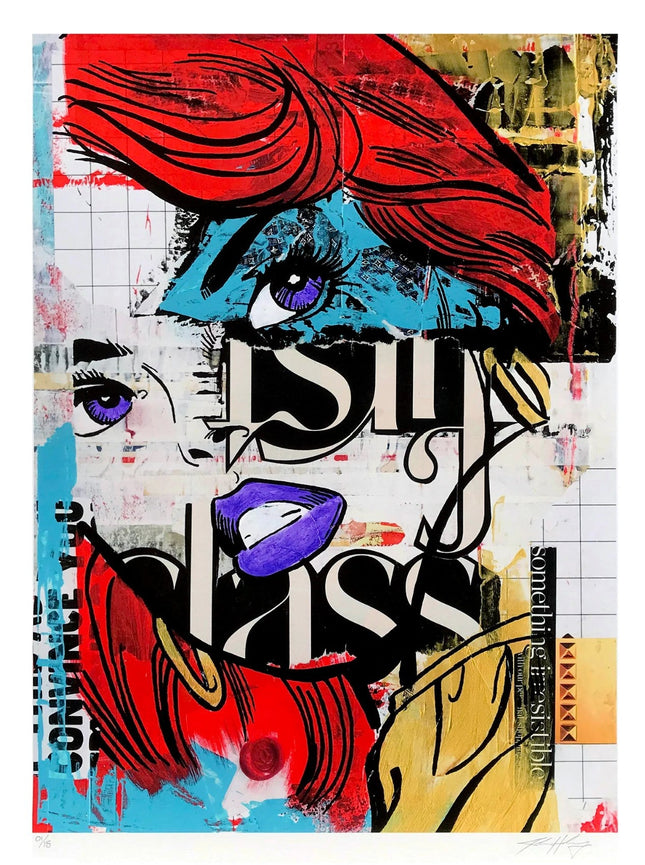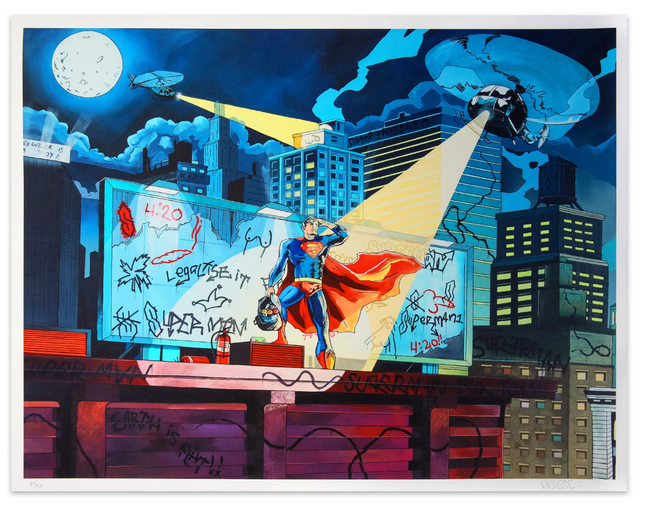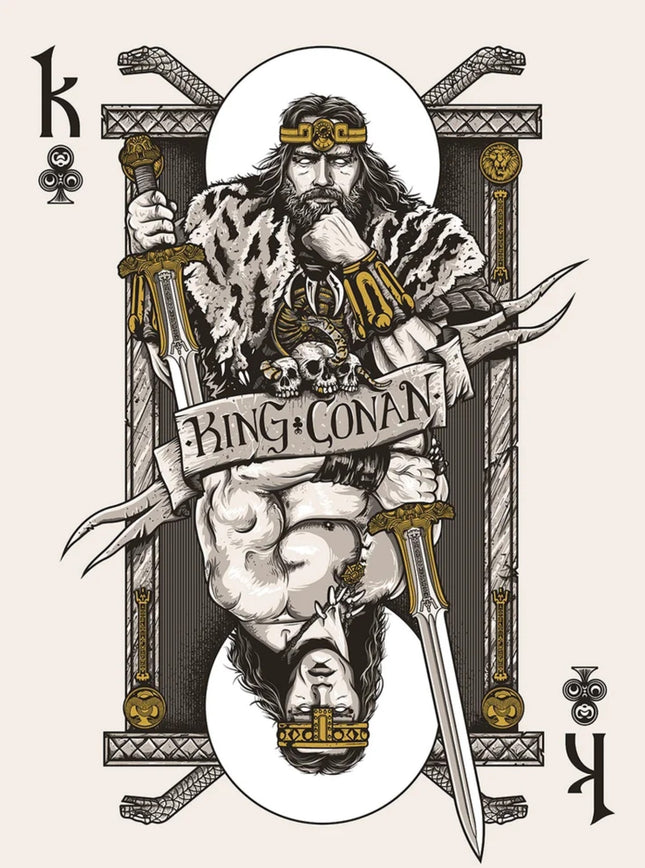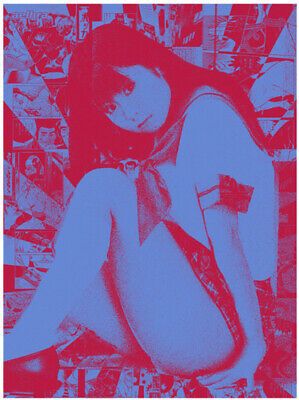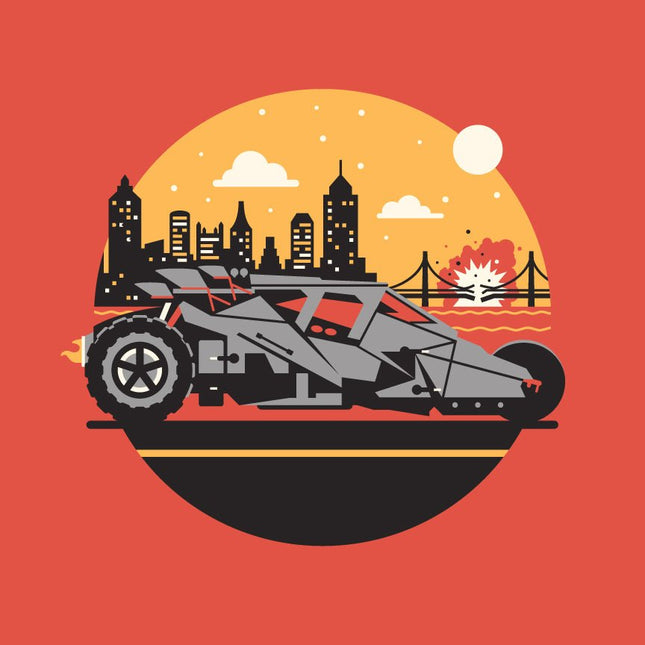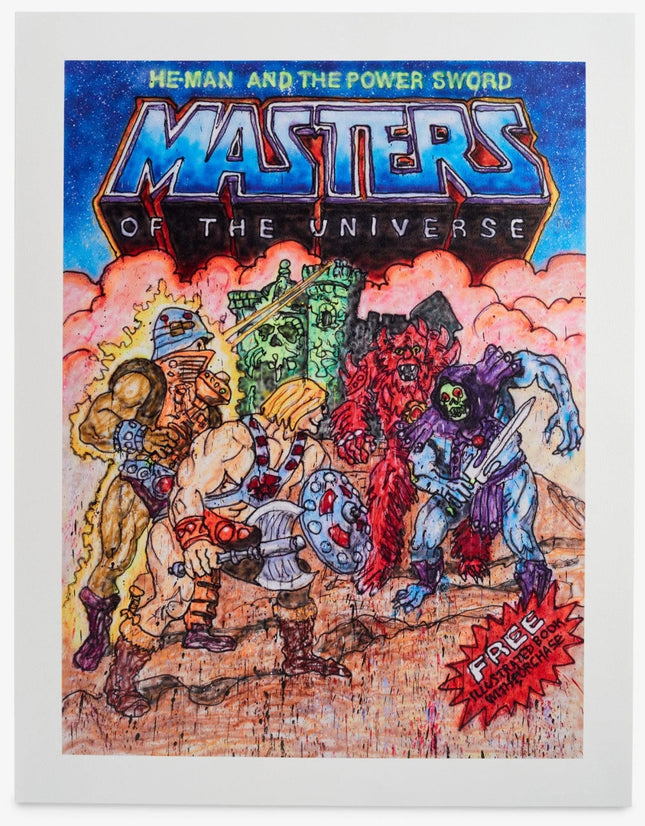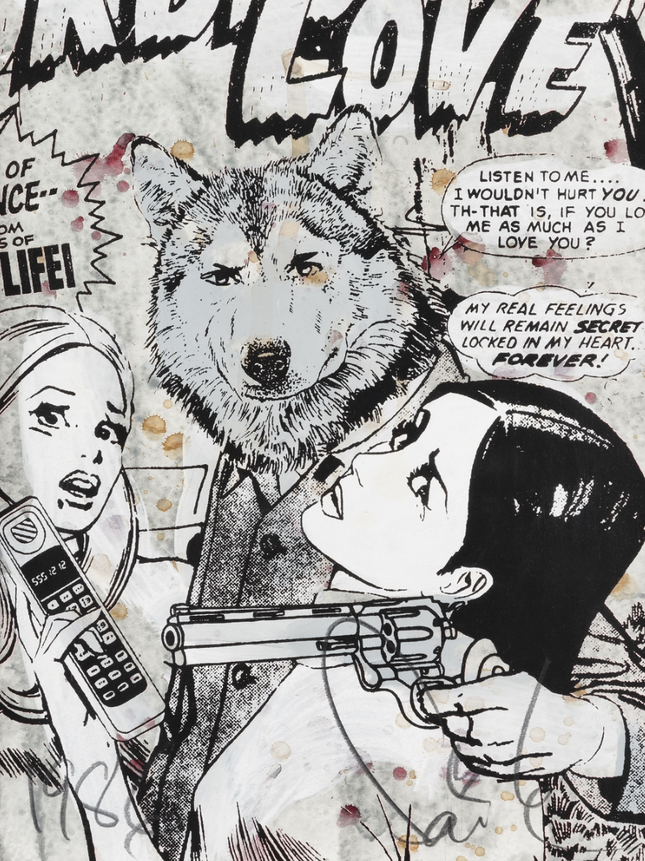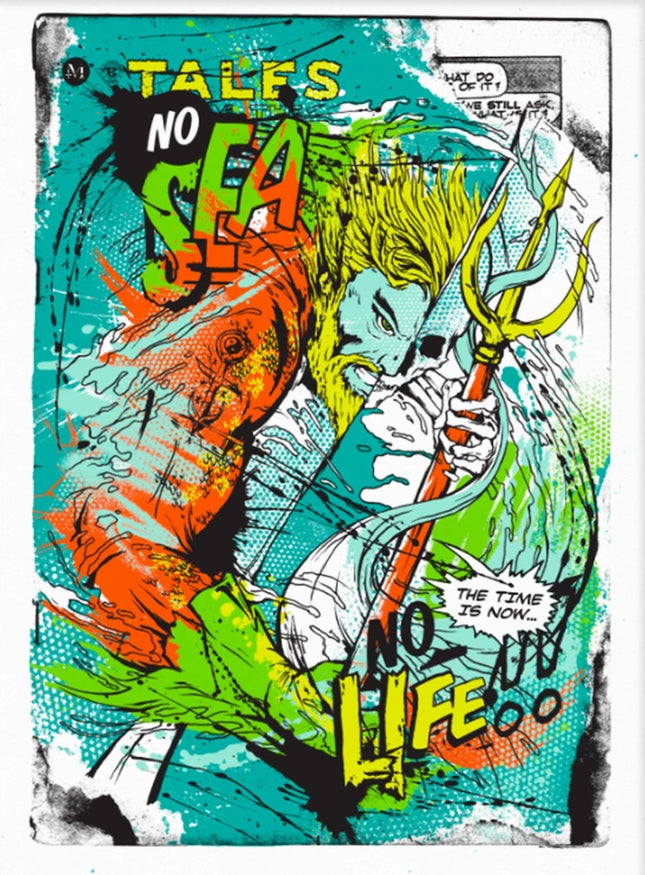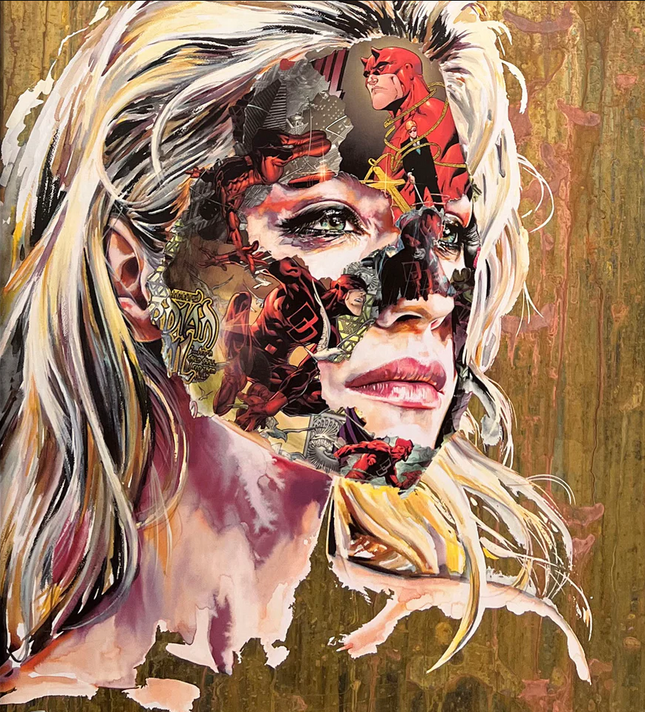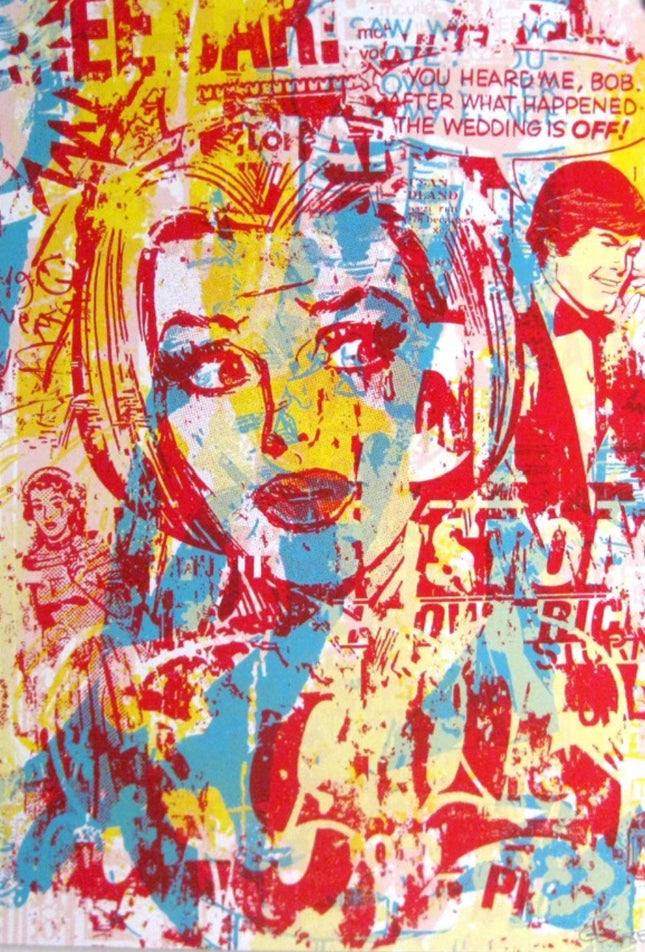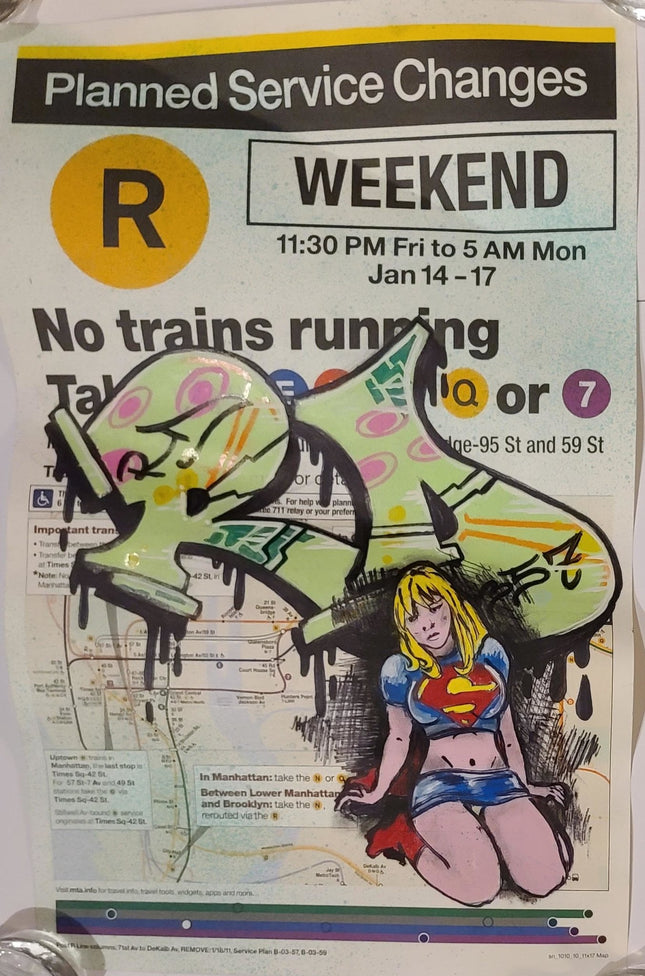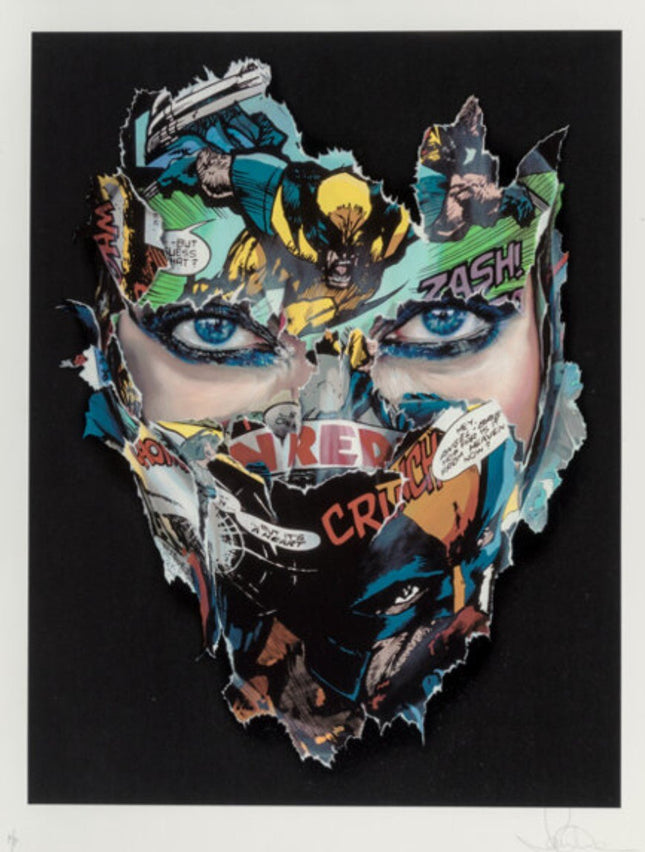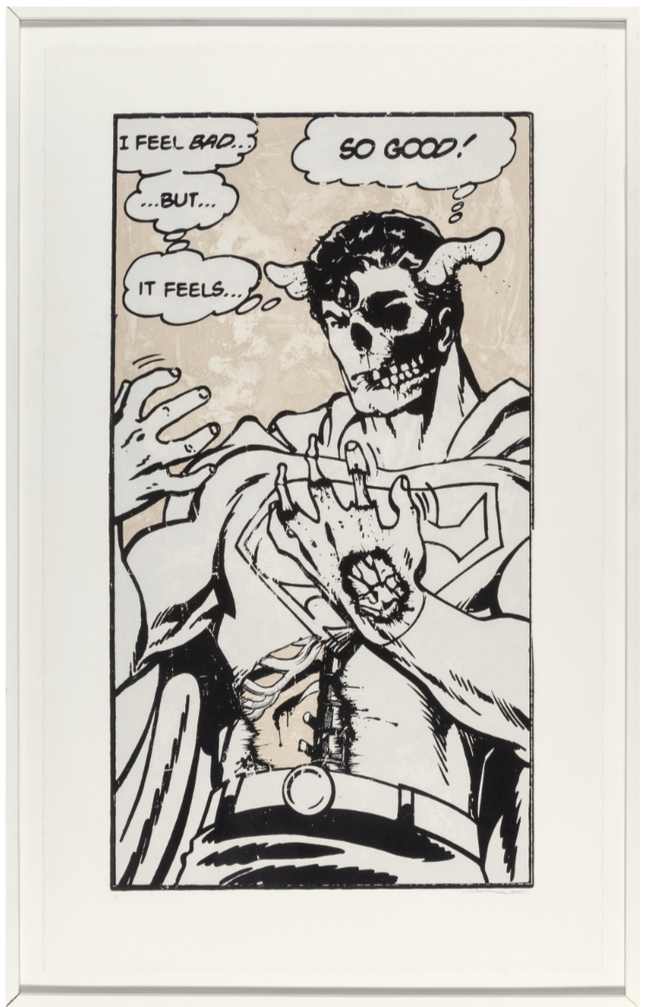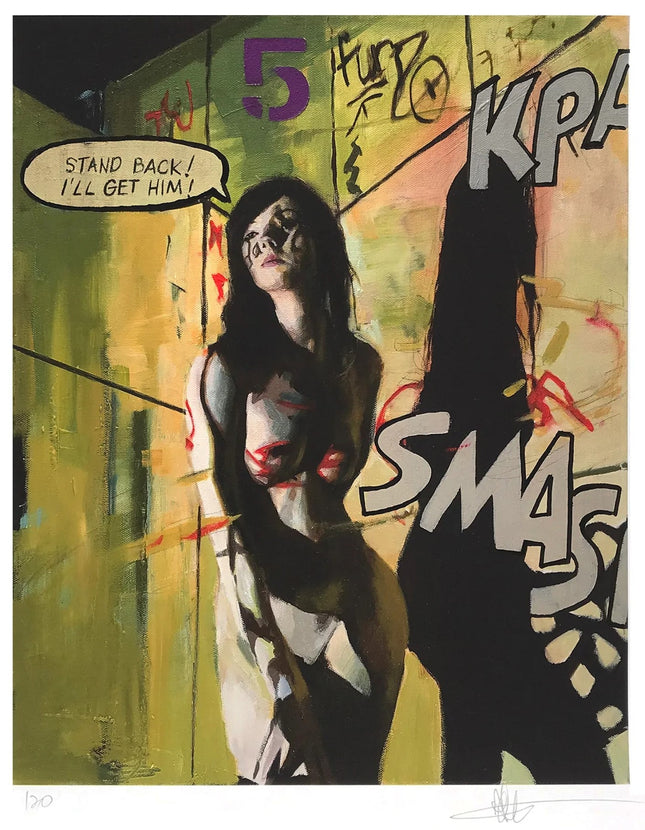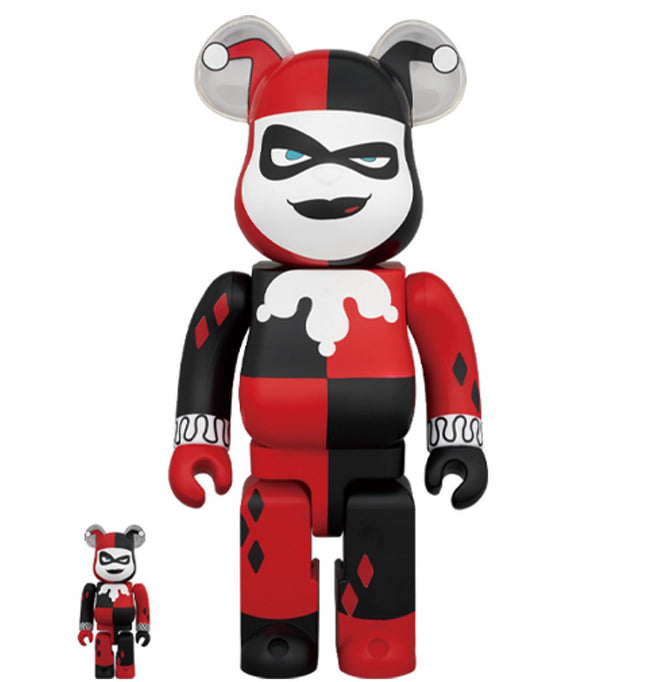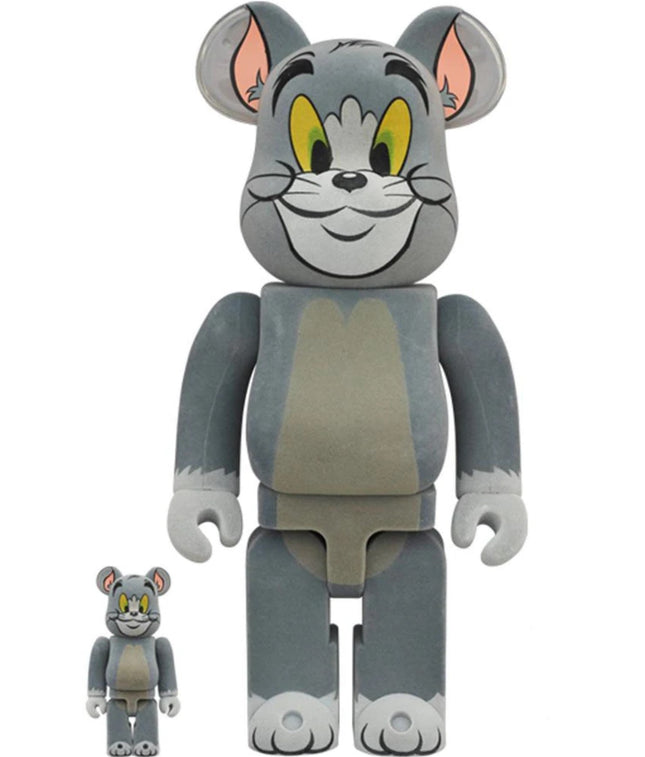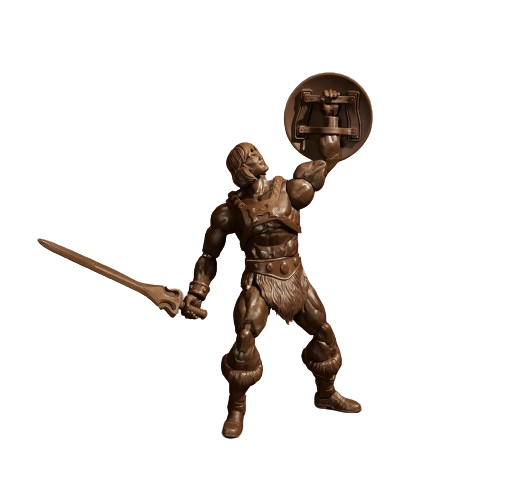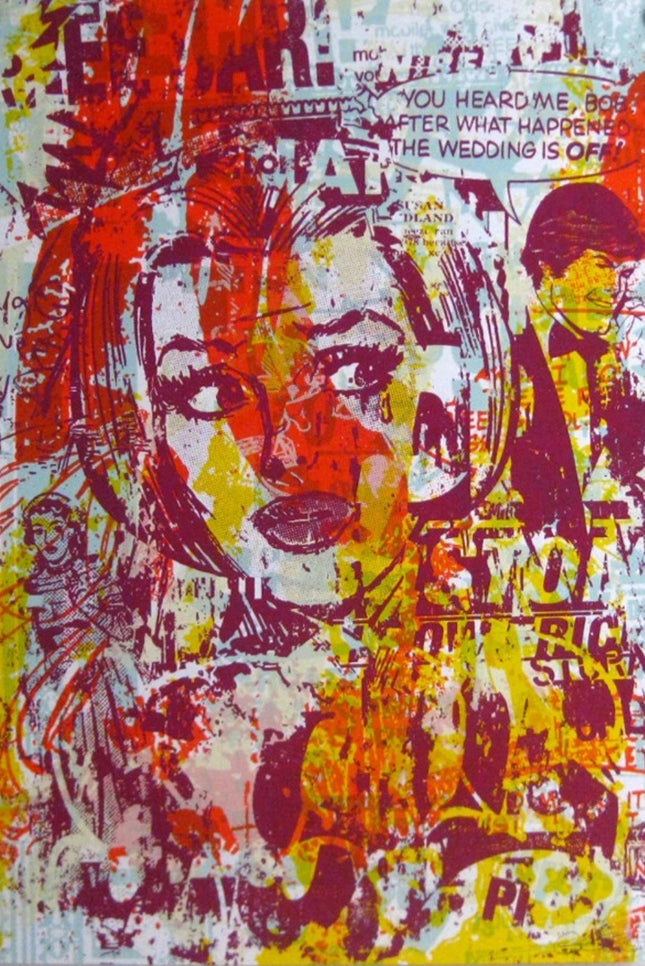Astro Boy Red Original 1st Edition Art Toy by Kaws- Brian Donnelly Limited Edition Vinyl Sculpture Collectible Artwork by Pop Street Artist.
2012 Limited Edition of 500 Artwork Size 6.5x15 New In Box Printed Foot Depicting Astro Boy with Companion/Chum Styling Holding Head by Artist Kaws- Brian Donnelly.
Exploring KAWS' Astro Boy in the World of Street Pop Art
The influence of pop culture icons on contemporary art has become undeniable in the 21st century, particularly within the street pop art and graffiti artwork genres. Few artists have translated this influence into tangible works as effectively as Brian Donnelly, known professionally as KAWS. Among his celebrated works, the Astro Boy Red Original 1st Edition Art Toy is a testament to the synergistic blend of childhood nostalgia and sophisticated artistry. Born in Jersey City, New Jersey, KAWS has risen to prominence by infusing elements of graffiti with a refined art sensibility. His work is characterized by bold colors, graphic lines, and the repeated use of his figures with crossed-out eyes, which has become a signature across his oeuvre. He started as a graffiti artist, refining his skills and iconography on the streets before transitioning to the studio and gallery spaces, where he has since flourished. KAWS bridges personal meaning with universal themes, tapping into the collective conscious with figures that are at once familiar and transformed.
The Astro Boy Red Original by KAWS: A Street Pop Phenomenon
In 2012, KAWS released the Astro Boy Red Original 1st Edition, an aEditionthat encapsulates the essence of street pop art and honors the nostalgic figure of Astro Boy, a classic character from Japanese animation. This limited edition of 50Editions showcases KAWS' adeptness at reimagining pop culture icons, preserving their original appeal while casting them in a new, provocative, reflective, and contemporary light. The vinyl sculpture stands at 6.5 by 15 inches, both approachable for collectors and significant enough to make a visual impact. Clad in a stark black and red color scheme, the figure captures attention with its simplicity and the juxtaposition of bright, unyielding red against the naturalistic skin tone. The trademark KAWS touch - the crossed eyes and gloved hands - transforms the initially optimistic character of Astro Boy into a poignant commentary on the complexities of the modern age.
Collectible Artwork by KAWS: More Than a Toy
The artistic dialogue it instigates makes the Astro Boy Red Original art toy more than a mere collectible. With hands cradling its head, the figure emanates a sense of introspection and melancholy, a marked departure from Astro Boy's usual portrayal as a beacon of hope and youthful energy. This duality speaks to the very nature of street pop art, where humor and whimsy meet the gravity of real-world reflections. Each piece is new in its box, complete with printed feet that continue the artwork's narrative. This attention to detail ensures that from unboxing, the collector participates in an art experience that KAWS has meticulously crafted. The ownership of such a piece is not merely an act of acquisition but an entry into the conversation about the relevance and resonance of pop icons in modern-day society. The Astro Boy Red Original 1st Edition standEditionhallmark in KAWS' exploration of human emotion through the lens of animated characters. It reiterates his ability to distill complex themes into instantly recognizable forms. As the art world continues to recognize and absorb street pop art and graffiti artwork into its fold, KAWS remains a defining figure for his bold aesthetic and his sharp cultural critique embedded within seemingly playful forms. Brian Donnelly's work, particularly pieces like the Astro Boy Red Original, reminds us of the transformative power of art. Even as they draw from familiar sources, they elicit new interpretations and emotions, pushing us to question our relationship with the icons of our childhood and our society. Through this and other works, KAWS continues to shape the conversation around street pop art, affirming its place in the pantheon of significant artistic movements. The legacy of his pieces, characterized by their emotional depth and visual appeal, cements his role as a pivotal figure in the evolution of street-inspired art.
Astro Boy Red by KAWS: Anime Tribute and Emotional Collapse in Street Pop Art & Graffiti Artwork
Astro Boy Red is a limited edition vinyl sculpture released in 2012 by Brian Donnelly, known professionally as KAWS. Measuring 6.5 x 15 inches and produced in an edition of 500, this figure merges the iconic Japanese character Astro Boy with the Companion motif that has become synonymous with the KAWS name. The sculpture features Astro Boy in a moment of vulnerability, his hands covering his face in despair, with signature Companion-style crossed-out eyes and gloved hands. Clad in his classic red boots and black briefs, the figure maintains the original Osamu Tezuka silhouette while transforming it into a melancholic contemporary symbol. This hybrid is central to the narrative language of Street Pop Art & Graffiti Artwork, where legacy characters are reimagined as emotionally complex beings with modern resonance.
Anime Heritage Meets Sculptural Intervention
The original Astro Boy is a legendary creation of manga pioneer Osamu Tezuka, who designed the robot boy to symbolize human hope, progress, and idealism. KAWS reinterprets that symbolism by injecting Companion’s recognizable features and emotional weight into the figure. The result is an icon that mourns its own legend. Astro Boy’s pose—head in hands—is uncharacteristic of the cheerful robot hero but deeply aligned with the introspective sadness found throughout the KAWS Companion series. The sculpture invites questions about fame, pressure, and identity, converting a childhood hero into a figure of quiet collapse. In the world of Street Pop Art & Graffiti Artwork, such reinterpretations break open the narrative shell of beloved characters to show their psychological interior.
Material Construction and Collectible Format
Crafted from smooth, high-gloss vinyl, the sculpture is housed in a red collector’s box featuring white line art of the figure and product labeling. Its precision-molded surfaces and clean paint application demonstrate KAWS’s ongoing collaboration with industrial toy manufacturing standards, elevating the collectible into fine art territory. The foot of the sculpture includes printed artist markings, further validating it as part of the artist’s growing body of rare vinyl sculptures. Every aspect of the design, from scale to packaging, enhances the sculpture’s dual identity as both toy and artifact, aligning it with the tactile and accessible ethos of Street Pop Art & Graffiti Artwork while reinforcing the exclusivity of fine art collectibles.
Brian Donnelly’s Remix Legacy in Modern Sculpture
Brian Donnelly, born in the United States in 1974, rose from graffiti subculture and fashion-based collaborations to become a defining artist of global pop art and vinyl sculpture. His Companion character has appeared in numerous sculptural and digital forms, often expressing alienation, fatigue, and mourning. With Astro Boy Red, Donnelly applies that same emotional vocabulary to a pre-existing character, layering it with cultural commentary on nostalgia, fandom, and performance. The figure reflects on the burdens of legacy and visibility in a media-drenched world, where even heroic identities bend under existential pressure. As part of the canon of Street Pop Art & Graffiti Artwork, Astro Boy Red is a study in reinterpretation—taking the myth of technological innocence and bending it into a posture of human sorrow. It is an object of contrast: heroic yet defeated, iconic yet fractured, perfectly molded yet emotionally unguarded.
Read
more
less
